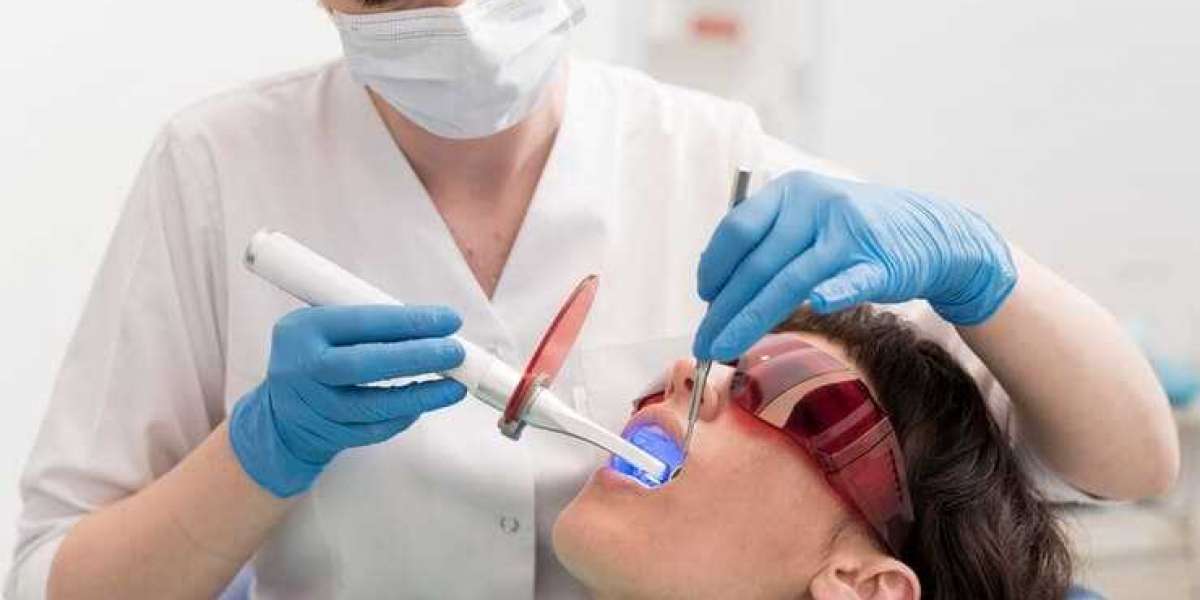Laser hair removal has gained immense popularity as a long-term solution for unwanted hair. This method offers a convenient and effective way to achieve smooth skin without the hassle of traditional hair removal techniques, such as shaving or waxing. However, many individuals considering this treatment often wonder, "How many sessions do I really need for laser hair removal?" Understanding the factors that influence the number of sessions required can help clients set realistic expectations and achieve the best possible results.
Understanding Laser Hair Removal
Before delving into the specifics of session requirements, it is essential to understand how laser hair removal works. The procedure involves the use of concentrated light that targets and destroys hair follicles, inhibiting their ability to grow hair in the future. This method is particularly effective for individuals with darker hair and lighter skin, as the contrast allows the laser to target the hair follicles more effectively.
The effectiveness of laser hair removal is influenced by several factors, including hair growth cycles, skin type, hair color, and the area being treated. Each of these factors can affect how many sessions a client may need to achieve optimal results.
Hair Growth Cycles: The Key Factor
One of the primary reasons multiple sessions are necessary for laser hair removal is the hair growth cycle. Hair grows in three distinct phases: anagen (growth), catagen (transitional), and telogen (resting).
- Anagen Phase: This is the active growth phase when the hair is most susceptible to laser treatment. Only hairs in this phase can be effectively targeted during a session.
- Catagen Phase: In this transitional phase, the hair stops growing and detaches from the follicle. Hairs in this phase are not effectively treated by the laser.
- Telogen Phase: This is the resting phase when hairs are shed and do not grow. Hairs in this phase are also not targets for the laser.
Because not all hairs are in the same phase at the same time, multiple sessions are required to ensure that all hair follicles are treated during their active growth phase. Most practitioners recommend scheduling sessions every 4 to 6 weeks to coincide with the hair growth cycles effectively.
Factors Influencing the Number of Sessions Needed
While the average number of sessions required can vary widely, several key factors can influence how many treatments a client may need:
1. Hair Type and Color
The effectiveness of laser hair removal is often determined by the contrast between hair color and skin tone. Dark, coarse hair tends to respond best to laser treatment due to the higher melanin content, which absorbs the laser's energy effectively. Conversely, fine or light-colored hair may require additional sessions, as the laser may struggle to target these hairs effectively.
Individuals with lighter skin tones and darker hair often find they need fewer sessions compared to those with darker skin tones or lighter hair colors. Advanced laser technologies have improved the ability to treat a broader range of hair and skin types, but clients should still discuss their specific characteristics with their practitioner.
2. Skin Type
Skin type can also play a crucial role in determining the number of laser hair removal sessions needed. Individuals with sensitive skin or conditions such as hyperpigmentation may require a more cautious approach. Practitioners may adjust the laser settings to accommodate sensitive skin, which can affect the efficiency of hair removal.
Additionally, the skin's ability to heal after treatment might influence how frequently clients can schedule sessions. Those with skin that reacts more intensely may need to wait longer between sessions to allow for proper recovery.
3. Treatment Area
The area being treated can also impact the number of sessions required. Some areas of the body tend to have denser hair growth, necessitating more frequent treatments. For example, areas like the underarms and bikini line may require more sessions than the legs or arms due to the density and thickness of the hair.
Additionally, areas that experience hormonal fluctuations, such as the face, may also require more treatments. Clients should discuss their specific treatment areas with their practitioner to gain a better understanding of what to expect.
4. Hormonal Factors
Hormonal imbalances can significantly impact hair growth and may necessitate additional laser hair removal sessions. Conditions such as polycystic ovary syndrome (PCOS) can lead to increased hair growth in areas where individuals may not typically expect it. For clients experiencing hormonal issues, it is essential to consult with a healthcare professional to address these concerns, as they may affect the results of laser hair removal.
Average Number of Sessions Needed
While the number of sessions required can vary widely based on individual factors, many clients typically require between 6 to 8 sessions for optimal results. This range allows for the effective targeting of hair follicles during their active growth phase and accommodates any variations in hair growth cycles.
Some clients may notice a significant reduction in hair growth after just a few sessions, while others may require the full treatment plan to achieve their desired results. It is crucial for clients to maintain realistic expectations and understand that individual experiences may differ.
Maintenance Sessions: What to Expect
After completing the initial series of laser hair removal sessions, many clients find that they require maintenance sessions to keep hair regrowth at bay. Maintenance sessions typically occur once or twice a year, depending on individual hair growth patterns.
These follow-up appointments help ensure that any remaining hair follicles are effectively targeted and that clients continue to enjoy smooth, hair-free skin. Maintenance sessions are generally quicker and less frequent than the initial treatment series, making them a convenient option for ongoing care.
Conclusion: Your Journey Towards Smooth Skin
As clients consider laser hair removal, understanding the number of sessions required can help set realistic expectations and pave the way for a successful experience. Factors such as hair type, skin color, treatment area, and hormonal influences all play a role in determining how many sessions are necessary for optimal results.
For those ready to begin their journey toward smooth, hair-free skin, Laser By Diana is here to provide the expertise and personalized care you deserve. With a commitment to client satisfaction and a focus on delivering exceptional results, Laser By Diana is dedicated to helping you achieve your hair removal goals. Discover the difference today and take the first step toward a more confident you!







